😳!
Astronomers detected a small asteroid called 2022 NF that will pass within 23% of the distance from Earth to the moon tonight.



University of Chicago physicists have invented a “quantum flute” that, like the Pied Piper, can coerce particles of light to move together in a way that’s never been seen before.
Described in two studies published in Physical Review Letters and Nature Physics, the breakthrough could point the way towards realizing quantum memories or new forms of error correction in quantum computers, and observing quantum phenomena that cannot be seen in nature.
Assoc. Prof. David Schuster’s lab works on quantum bits —the quantum equivalent of a computer bit—which tap the strange properties of particles at the atomic and sub-atomic level to do things that are otherwise impossible. In this experiment, they were working with particles of light, known as photons, in the microwave spectrum.
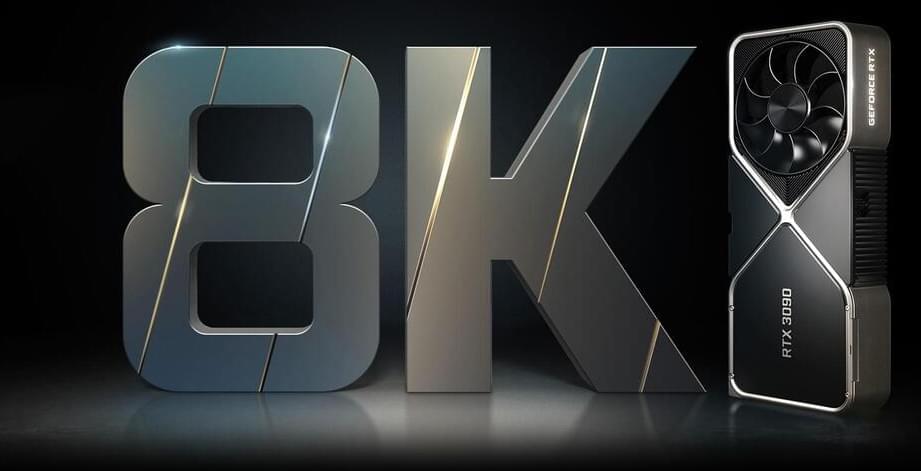
NVIDIA’s next-gen Lovelace graphics cards are rumored to feature considerably higher TGPs than their predecessors. We’re looking at power draws of up to 600W for the RTX 4090 and even more for the RTX 4,090 Ti. This is despite the fact that these chips will be fabbed on TSMC’s 4nm N4 process which is easily one of the most efficient nodes on the planet. The excessive power consumption won’t be for nothing though, and the RTX 4,090 (based on the AD102 die) will pack around 16K FP32 cores.
The AD102 die will get a haircut before going into the RTX 4,090, dropping the core count from 18,432 to 16,384. This means that a few of the SMs, TPCs, and GPCs along with the L2 cache will also be axed. As for the clocks, Kopite7kimi states that we can expect core boost clocks well over 2.8GHz.
We might get a GPU with 16,384 pulsating cores running at a whopping 3GHz and custom liquid-cooled models clocked even higher. The more accessible RTX 4,080 featuring the AD103 die should pack around 10,000 cores and boosts exceeding 3GHz. The peak power draw should stay in the 400-450W range.
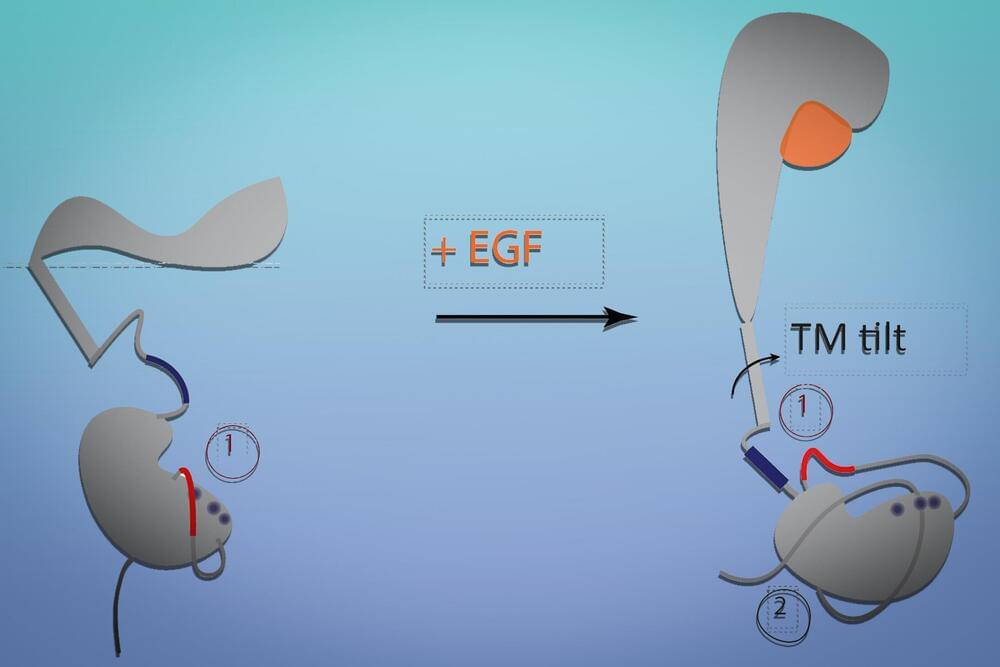
Receptors found on cell surfaces bind to hormones, proteins, and other molecules, helping cells respond to their environment. MIT chemists have now discovered how one of these receptors changes its shape when it binds to its target, and how those changes trigger cells to grow and proliferate.
This receptor, known as epidermal growth factor receptor (EGFR), is overexpressed in many types of cancer and is the target of several cancer drugs. These drugs often work well at first, but tumors can become resistant to them. Understanding the mechanism of these receptors better may help researchers design drugs that can evade that resistance, says Gabriela Schlau-Cohen, an associate professor of chemistry at MIT.
“Thinking about more general mechanisms to target EGFR is an exciting new direction, and gives you a new avenue to think about possible therapies that may not evolve resistance as easily,” she says.
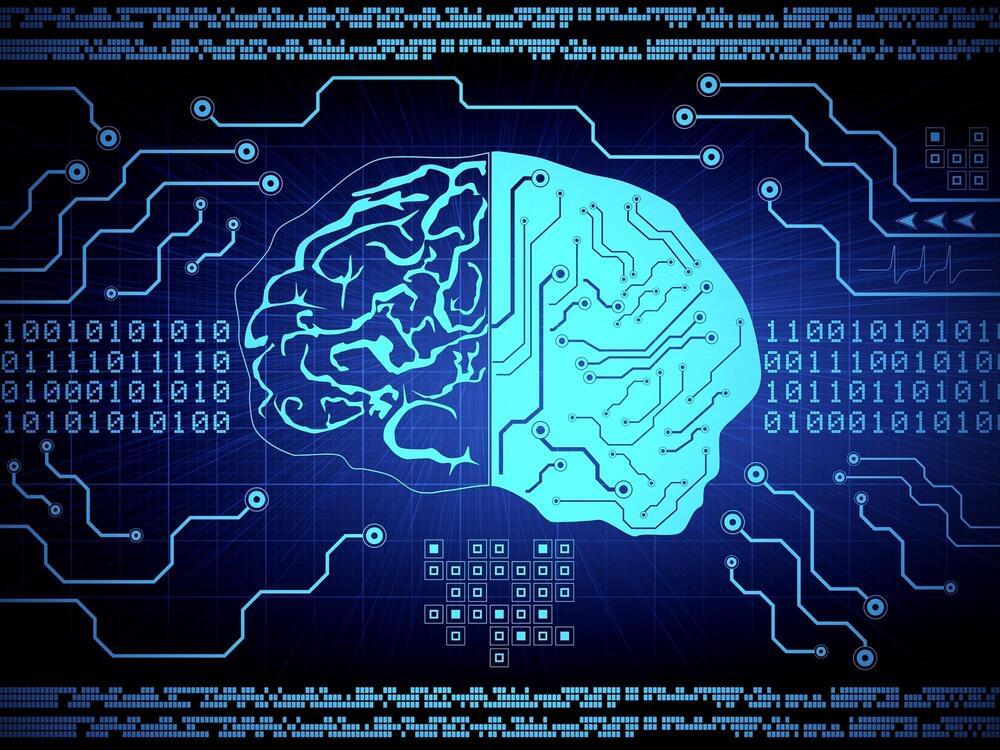
A multi-institutional collaboration, which includes the U.S. Department of Energy’s (DOE) Argonne National Laboratory, has created a material that can be used to create computer chips that can do just that. It achieves this by using so-called “neuromorphic” circuitry and computer architecture to replicate brain functions. Purdue University professor Shriram Ramanathan led the team.
“Human brains can actually change as a result of learning new things,” said Subramanian Sankaranarayanan, a paper co-author with a joint appointment at Argonne and the University of Illinois Chicago. “We have now created a device for machines to reconfigure their circuits in a brain-like way.”
With this capability, artificial intelligence-based computers might do difficult jobs more quickly and accurately while using a lot less energy. One example is analyzing complicated medical images. Autonomous cars and robots in space that might rewire their circuits depending on experience are a more futuristic example.
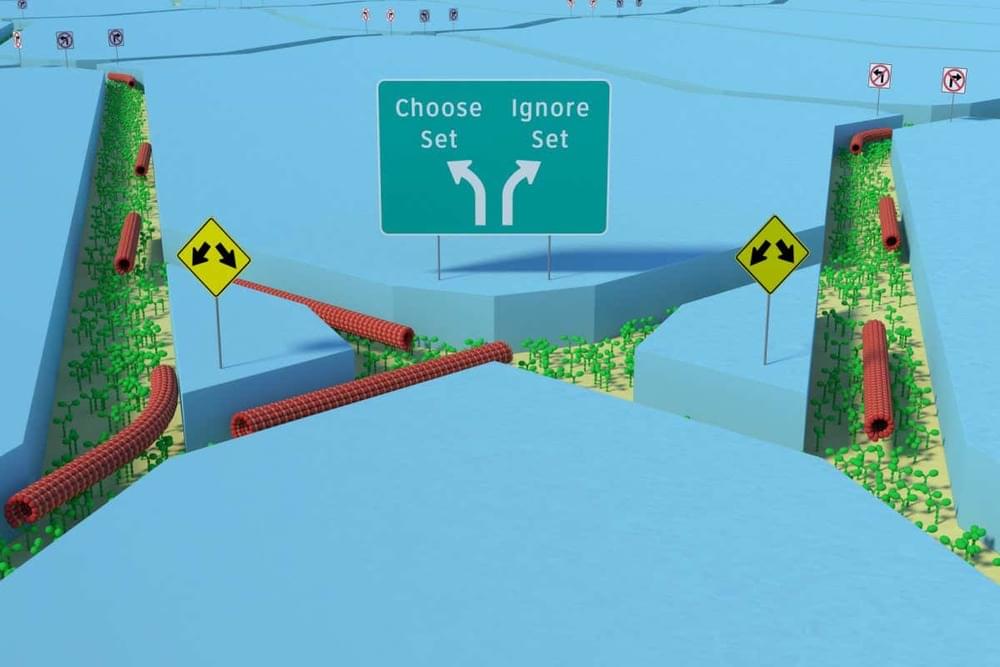
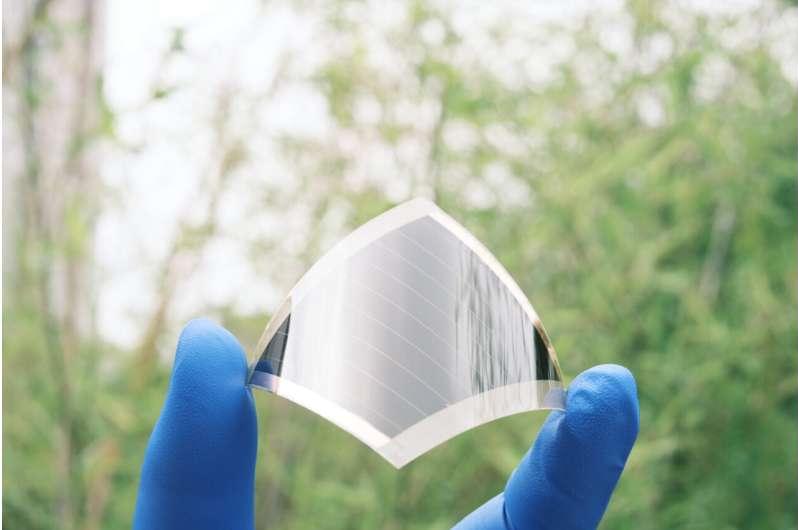
Lightweight and flexible perovskites are highly promising materials for the fabrication of photovoltaics. So far, however, their highest reported efficiencies have been around 20%, which is considerably lower than those of rigid perovskites (25.7%).
Researchers at Nanjing University, Jilin University, Shanghai Tech University, and East China Normal University have recently introduced a new strategy to develop more efficient solar cells based on flexible perovskites. This strategy, introduced in a paper published in Nature Energy, entails the use of two hole-selective molecules based on carbazole cores and phosphonic acid anchoring groups to bridge the perovskite with a low temperature-processed NiO nanocrystal film.
“We believe that lightweight flexible perovskite solar cells are promising for building integrated photovoltaics, wearable electronics, portable energy systems and aerospace applications,” Hairen Tan, one of the researchers who carried out the study, told TechXplore. “However, their highest certified efficiency of 19.9% lags behind their rigid counterparts (highest 25.7%), mainly due to defective interfaces at charge-selective contacts with perovskites atop.”
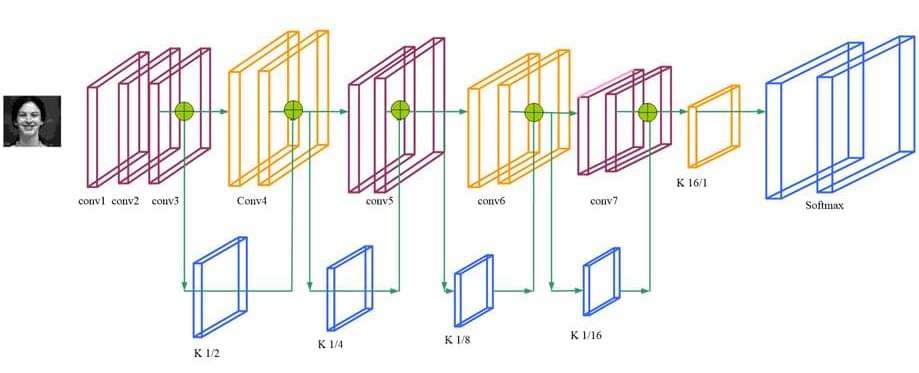
When it comes to our state of mind and emotions, our faces can be quite telling. Facial expression is an essential aspect of nonverbal communication in humans. Even if we cannot explain how we do it, we can usually see in another person’s face how they are feeling. In many situations, reading facial expressions is particularly important. For example, a teacher might do it to check if their students are engaged or bored, and a nurse may do it to check if a patient’s condition has improved or worsened.
Thanks to advances in technology, computers can do a pretty good job when it comes to recognizing faces. Recognizing facial expressions, however, is a whole different story. Many researchers working in the field of artificial intelligence (AI) have tried to tackle this problem using various modeling and classification techniques, including the popular convolutional neural networks (CNNs). However, facial expression recognition is complex and calls for intricate neural networks, which require a lot of training and are computationally expensive.
In an effort to address these issues, a research team led by Dr. Jia Tian from Jilin Engineering Normal University in China has recently developed a new CNN model for facial expression recognition. As described in an article published in the Journal of Electronic Imaging, the team focused on striking a good balance between the training speed, memory usage, and recognition accuracy of the model.
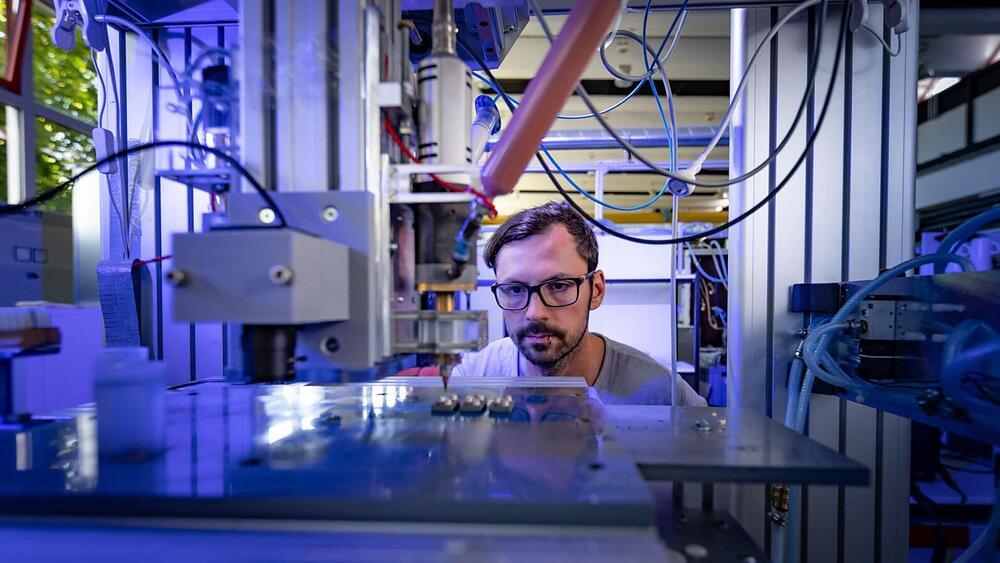
Researchers at the Professorship of Electrical Energy Conversion Systems and Drives at Chemnitz University of Technology have succeeded for the first time in 3D printing housings for power electronic components that are used, for example, to control electrical machines. During the printing process, silicon carbide chips are positioned at a designated point on the housing.
As with the printed motor made of iron, copper and ceramics, which the professorship first presented at the Hannover Messe in 2018, ceramic and metallic pastes are also used in the 3D printing of housings. “These are sintered after the printing process, together—and this is what makes them special—with the imprinted chip,” says Prof. Dr. Ralf Werner, head of the Professorship of Electrical Energy Conversion Systems and Drives. Ceramic is used as an insulating material and copper is used for contacting the gate, drain and source areas of the field-effect transistors. “Contacting the gate area, which normally has an edge length of less than one millimeter, was particularly challenging,” adds Prof. Dr. Thomas Basler, head of the Professorship of Power Electronics, whose team supported the project with initial functional tests on prototypes.
Following the ceramic-insulated coils printed at Chemnitz University of Technology, which were presented at the Hannover Messe in 2017, and the printed motor, drive components that can withstand temperatures above 300 °C are now also available. “The desire for more temperature-resistant power electronics was obvious, because the housings for power electronic components are traditionally installed as close as possible to the engine and should therefore have an equally high temperature resistance,” says Prof. Werner.